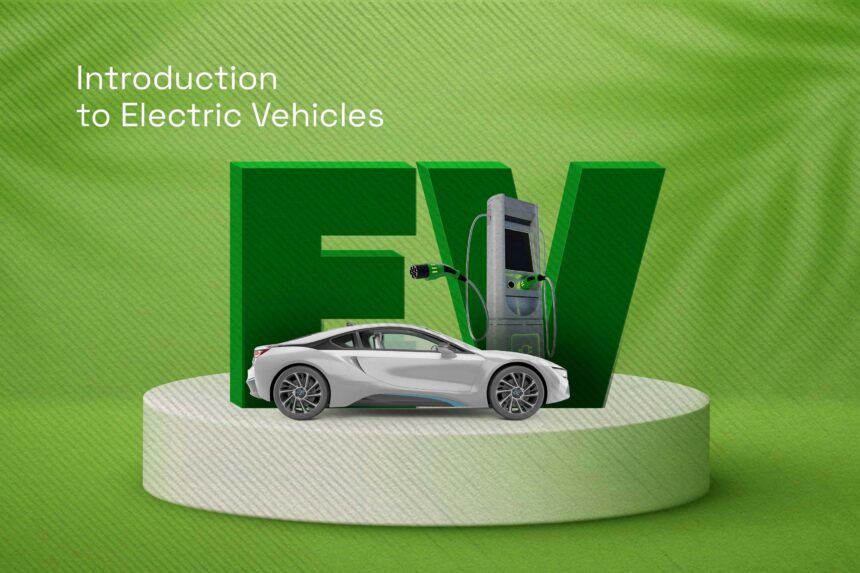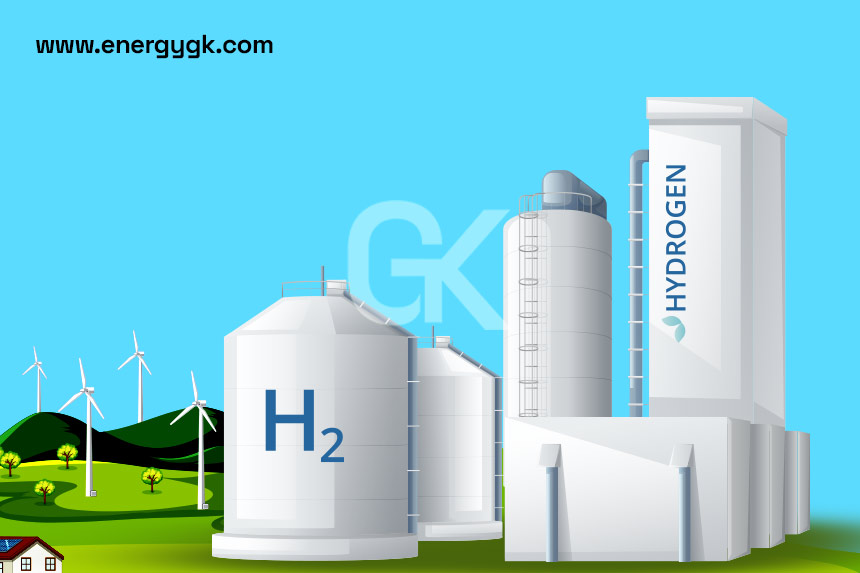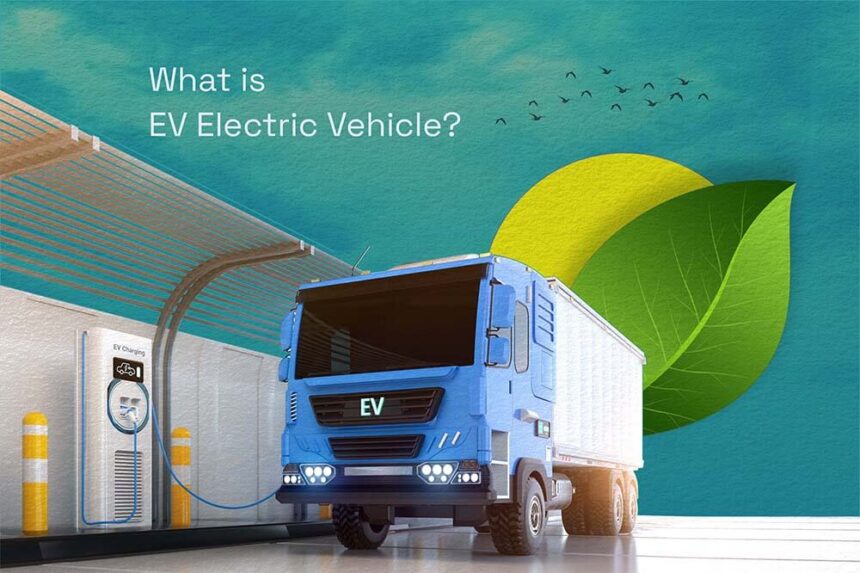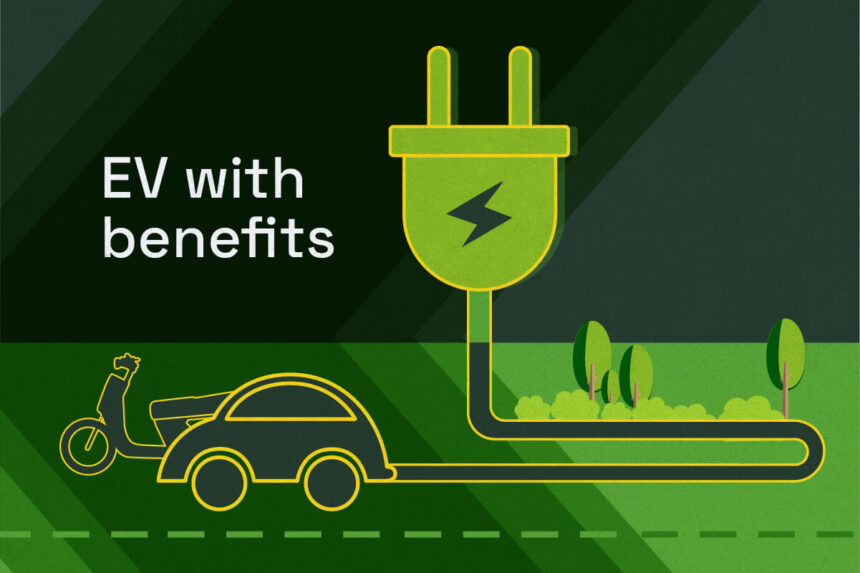The abbreviation “EV” stands for “electric vehicle.” EVs are automobiles that run entirely or mostly on electricity.
Electric vehicles are particularly environmentally friendly because they consume little to no fossil fuels, have fewer moving components that need to be maintained, and have minimal operating expenses (compared to vehicles powered by gasoline or diesel). While some electric cars (EVs) employed lead acid or nickel metal hydride batteries, lithium ion batteries are now thought to be the industry standard for battery electric vehicles because of their extended lifespan, good energy retention, and 5% monthly self-discharge rate. Despite efforts to make these batteries safer, there are still problems with them because thermal runaway is still a possibility, which has, for example, resulted in fires or explosions in the Tesla Model S.
An electric car can be fully charged at home for as little as £7.80, and public parking lots may even be free.
Fully electric and plug-in hybrid cars (EVs) are the two primary categories:
Battery-powered automobiles (BEV)
Battery-powered electric vehicles have 99.9% fewer moving parts that require maintenance than internal combustion engines.
Benefits of a BEV
- There is very little noise produced.
- No clutch, gears, exhaust, or spark plugs
- Uses rechargeable batteries instead of fossil fuels
BEVs may be charged overnight at home, giving them enough range for routine commutes. Although regenerative braking or traveling downhill can help reduce this by charging the battery packs, longer or more difficult trips may require charging the fuel cells before you arrive at your destination.
An electric automobile can take anywhere from 30 minutes to more than 12 hours to fully charge. The size of the battery and the charging station’s speed are both important factors.
In the real world, one of the main issues with electric cars is range, but this is something the industry is addressing.
Electric cars with plug-in hybrid engines (PHEV)
In contrast to pure electric vehicles, hybrid electric vehicles use a battery and gasoline (or diesel) as well. Because you may switch to normal fuels instead of seeking for charging stations to fill off the battery, they are therefore better for long-distance driving.
Of course, PHEVs have the same drawbacks as combustion engine vehicles, such as increased maintenance requirements, increased engine noise, pollutants, and higher fuel costs. Additionally, PHEVs have smaller battery packs, which results in a shorter range.
How Do All-Electric Vehicles Operate?
In battery-powered or all-electric automobiles, the internal combustion engine is swapped out for an electric motor (BEVs). A substantial traction battery pack, also known as an electric vehicle supply equipment, is used to power the vehicle’s electric motor. This battery pack needs to be connected to a wall outlet or charging device (EVSA). Due to the fact that it is an electric vehicle, the car lacks a tailpipe and any typical liquid fuel components like a gasoline tank, fuel line, or fuel pump.
Major All-Electric Car Battery (All-Electric Auxiliary) Components:
In an electric vehicle, the auxiliary battery powers the car’s accessories.
Charge port: The charge port allows the vehicle to connect to an outside power source in order to recharge the traction battery pack.
The traction battery pack’s higher-voltage DC electricity is converted by this gadget, referred to as a DC/DC converter, into the lower-voltage DC power needed to run the car’s accessories and recharge the auxiliary battery.
Electric traction motor: Using the traction battery pack as its source of power, this motor propels the car’s wheels. A few vehicles use motor generators that can function as drives and regenerators.
In order to charge the traction battery, the onboard charger converts the charge port’s incoming AC power to DC electricity. The pack keeps track of the battery’s characteristics, such as voltage, current, temperature, and state of charge, while also communicating with the charging device.
To manage the torque and speed of the electric traction motor, the power electronics controller controls the flow of electrical energy from the traction battery.
(Cooling) thermal system A safe working temperature range is maintained by this system for the engine, electric motor, power electronics, and other parts.
The traction battery pack stores electricity that the electric traction motor will require.
Electric transmission: The electric traction motor drives the wheels by transferring mechanical energy through the transmission.
The advantages of internal combustion engine-powered vehicles versus electric vehicles include:
Gasoline is not required, saving you money on fuel.
$0.10 per kW is equivalent to less than $1 per gallon of gas when used to power a vehicle. Drivers who use electric vehicles annually save, on average, $700 on gas.
They are advantageous for the environment because they don’t emit toxins.
More than 177,758,804 kg less CO2 has been released into the atmosphere by electric vehicle drivers.
A powerful electric motor means fewer repairs are necessary.
Electric motors have fewer parts than conventional, non-electric vehicles, which results in lower running costs.
Higher effectiveness
Electric cars accelerate faster and are lighter than conventional cars.
Conclusion
Therefore, electric vehicles are a favorable alternative to traditional vehicles for environment-friendly transportation.







